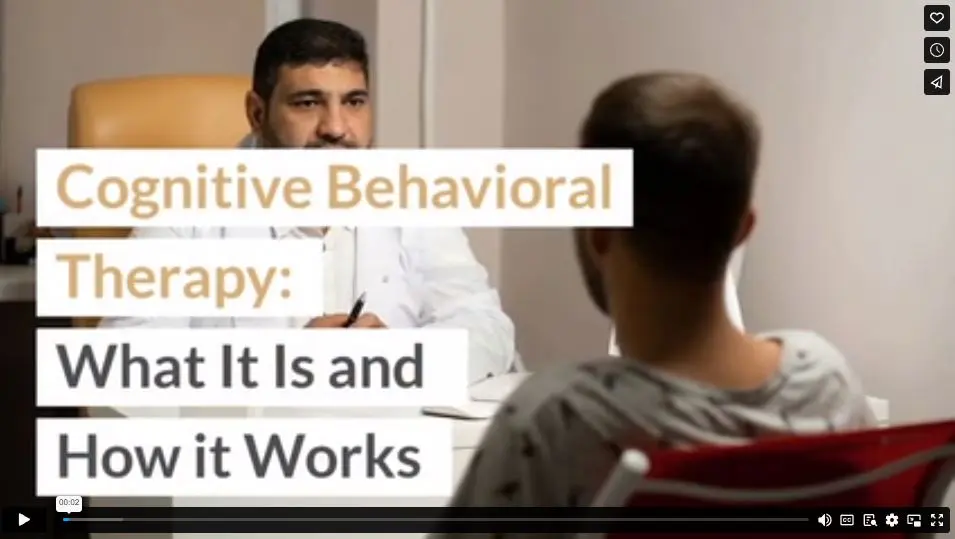Data compiled by the National Institute on Drug Abuse within the last several years belies a significant correlation between mental illness and substance abuse. A 2018 NID report found that of the roughly 20 million people with substance use disorder, more than a third also suffer from at least one mental illness.
While various studies indicate that substance abuse changes the brain’s chemistry and can bring on or exacerbate certain mental illnesses, no one knows which causes which. The one thing we do know for certain, however, is that psychotherapy should represent a vital component of any successful addiction recovery center program.

(Rémi Walle / unsplash)
That said, therapists employ different treatment modalities, including Cognitive Behavioral Therapy (CBT) and Eye Movement Desensitization Reprocessing (EMDR) trauma therapy, to fit their clients’ needs. For this article, we’re going to take a closer look at CBT and how it aids in addiction recovery.
What is CBT?
Cognitive Behavioral Therapy is a form of talk therapy that addresses negative thoughts and beliefs and how they perpetuate unhealthy behaviors. The therapist will work with a person to recognize those negative and often false belief patterns and restructure them.
Dr. Robert Ellis created what’s known as the ABC model of CBT in 1979, representing it as a cognitive triangle:
- Antecedents: An event creates a thought, and that thought creates a belief
- Beliefs: Our beliefs or feelings about the event create behaviors
- Consequences: Our behavioral response to the event reinforces thoughts and beliefs
For example, a negative thought like “I’m terrible at making friends” can reinforce the negative belief that this statement is indeed true, and thus you feel sad and hopeless. Feeling sad and hopeless then leads to negative behaviors like not attempting to meet people or withdrawing from social situations. And your consequential isolation reinforces the thought that you are “terrible at making friends.”
CBT, along with other treatment modalities and pharmacological remedies, can prove very effective in treating addiction, according to several researchers in the U.S. and elsewhere. To further illustrate this, a 2019 Swedish study evaluating the use of Integrated Intensive CBT Within Addiction Care found the following:
“After undergoing [integrated intensive CBT outpatient] treatment, the patients with
substance-related syndrome gained higher experience of hope, indicating an improvement
of their problem-solving abilities, as well as enhanced faith in their own ability,
indicating an improvement of their ability to handle future challenges and stresses that
may lead to relapse.”
How Does CBT Work?
Therapists can use various CBT techniques to help their clients, including addressing cognitive distortions, relaxation, guided discussion, goal-setting and rewards, and journaling. Let’s discuss how one can incorporate each of these in a substance abuse rehab setting.
1. Addressing Cognitive Distortions: The therapist will help you recognize faulty logic and other distortions in your thinking, such as catastrophizing, overgeneralizing, and jumping to conclusions.
For instance, saying to yourself, “I relapsed, so I’m a failure,” is a dangerous cognitive distortion. Believing something like that increases self-loathing and evaporates the strength you need to get back to sobriety.
Instead, choose to challenge the distortion: “I relapsed and let myself down last night. But after thinking more about it, I recognize what triggered me, and I will make a plan to avoid those triggers in the future. I’m not a failure. I know I’m strong enough to stay sober because I have done it before successfully. I won’t give up.”
2. Relaxation: In relaxing the mind and body, you reduce the anxiety, stress, and depression that often attends substance abuse. Meditation, deep and measured breathing exercises, and other forms of relaxation will assist you in exercising more emotional control and making better choices.
3. Guided Discussion: The therapist asks guided questions that allow you to examine and reflect on your thoughts, feelings, and behaviors. These discussions constitute a critical part of CBT in that you lead the way in discovering the motivations behind your actions and whether or not you want to change them.
4. Goal-Setting: Writing down reachable, time-bound goals for yourself allows you to focus on the present and not on past mistakes or future unknowns. For example, if you’re always running late, one specific goal may be to show up to your 12-Step meetings on time. By accomplishing that goal, you prove that recovery is an essential part of your life and that you take it seriously. That, in turn, enhances your self-esteem and desire to take on additional challenges on your road to sobriety.
5. Journaling: When it comes to remembering things, most of us have difficulty recalling details the longer time elapses. When we experience cognitive distortions between therapy visits, it’s essential to write them down so you can discuss them with your therapist. This way, you not only keep track of the distortions you experience, but you also have a record of how you dealt with them. Going back weeks or even just days later and seeing that progress is a tremendous motivator.
As you can probably tell by now, we at Renaissance Ranch are big fans of CBT, and it’s a foundational part of our residential treatment program for substance abuse. If you’d like to know more about CBT and how it can help with your addiction recovery, don’t hesitate to contact us at (855) 736-7262 or at RenaissanceRanch.net/contact/.
Video

